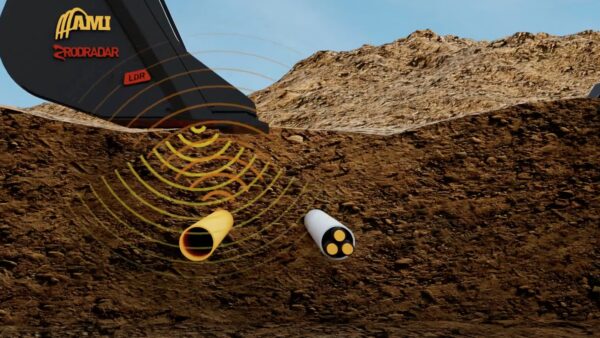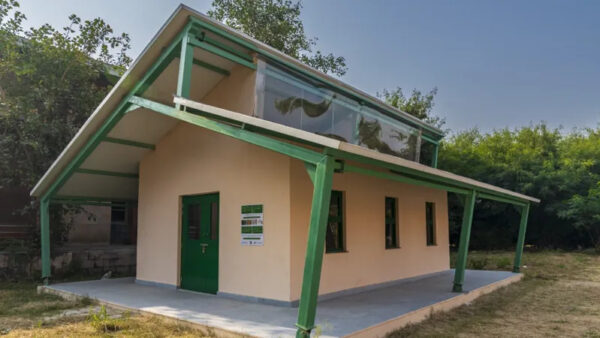
Researchers from the US, Switzerland and Italy claim to have discovered the secret to the longevity of Roman concrete.
The team looked at whether, as has been proposed, it owes its endurance to the use of volcanic ash from the city of Pozzuoli, close to Naples. They used high-resolution imaging and chemical mapping to establish that the material contains lumps of lime that give it a self-healing ability.
These more durable concrete formulations could expand not only service but also the durability of 3D-printed concrete
Admir Masic, MIT professor of civil and environmental engineering
Researchers believe the Romans used a hot mixing technique that caused “clasts” to develop. This means that when cracks form and fill with water, the lime reacts by saturating it with calcium carbonate that then crystallises, filling the crack.
The team succeeded in recreating the hot-mixed concrete technique, then proving that the resulting material had the ability to repair its own cracks. A similar test was undertaken without quicklime but this did not self-heal.
The team contained members from the Massachusetts Institute of Technology, Harvard, the Instituto Meccanica dei Materiali from Switzerland and Italy’s Archeological Museum of Priverno.
Admir Masic, MIT professor of civil and environmental engineering, said: “Ever since I first began working with ancient Roman concrete, I’ve been fascinated by these [clasts]. These are not found in modern concrete formulations, so why are they present in these ancient materials?
“The idea that the presence of these lime clasts was simply attributed to low quality control always bothered me. If the Romans put so much effort into making an outstanding construction material, following all of the detailed recipes that had been optimised over the course of many centuries, why would they put so little effort into ensuring the production of a well-mixed final product?”
The research is published in the journal Science Advances.
Comments
Comments are closed.







Before I started reading this, I thought lime, then read ash, then read lime! Isn’t that why one progressively weakens render by increasing the lime content? My understanding is that it reacts with the carbonic acid in rainfall and self seals all the expansion/contraction cracks over time. (Although the brickies will no doubt talk about it making the stuff more workable). Another example of re-learning what we already know, and three (globally renowned) universities have been involved in this! Waste of human resource that could have been better directed to more pressing human needs. Happy to be re-educated on my old fashioned 4yr engineering apprentice approach and ‘homework’ self reading of old construction text books etc if I’m incorrect.
In ancient Iran such material were also used. It is Not Clear where It started First. In fact It is been used since the Introduction of cement and concretes, especially in stone structure. The beleif is that it solidifies and strengthen itself over time and by absorbing water.